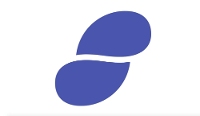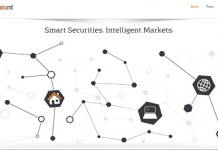Dynamis is a Ethereum-based distributed application (DApp) being developed for provision of peer-to-peer (P2P) insurance. The developer of the DApp hopes to create a decentralized autonomous organization (DAO) that meets policy holders’ needs in new ways and evolves with them, providing consensus mechanisms, transparency, auditability, and operating only in the interest of its policy holders.
The first service is supplementary unemployment insurance, with which small business can provide severance coverage for layoffs and when the employee resigns. Each employee would have a Dynamis account, the company pays premiums into a smart contract, and if there are no claims, over time the premiums would go down. The employee later receives payouts while looking for a new job and can transfer their policy to a new employer.
By using blockchain technology, it is ensured that severance funds actually belong to the employees and are not held by the company which could change terms.
Dynamis founder Joshua Davis kindly agreed to be interviewed.
How do people find suitable insurance partners with a similar risk?
In bootstrapping the platform only Ethereum developers and Ethereum VC tech enthusiasts are invited to participate. This is a very small group of highly interconnected people not strangers. These participants have very similar risk profiles. Initially these participants are in the same pool, After an initial testing period people are allowed to form smaller pools ranging in size from 5 to 30 participants who know each other personally. Over a period of time more people are able to slowly join by invite only. This solid but steady growth establishes a firm foundation. Insurance of this nature cannot be rushed but requires patience so that the participants establish the reliability of the platform. Trying to add 1000s or tens of thousand of users from the general public before the pool is established into tight knit communities (or local pools) is a mistake.
Why did you decide to focus on unemployment insurance first?
It is the simplest out of all insurances to solve other than crop insurance. Everyone has a job but not everyone has crops.
Which information does the unemployment insurance smart contract rely on and how does it prevent fraud?
There are many different fraud prevention mechanisms but in brief it is our social network within our social media circles or within our local insurance pools which reward honest behavior and punish dishonest behavior. If an individual decides to act dishonestly because they belong to a local pool the risk rating the platform gives that local pool punishes them as a group not as individuals. Other individual policyholders are thus incentivized to seek out and form groups with other honest low risk individuals. Dishonest individuals should find it difficult to join established groups. Groups who permit dishonesty find that pricing effectively discourages their participation.
Which other P2P insurances are you planning to provide?
Ones for which there are excellent oracles and excellent risk models within the peer to peer context. Currently this only exists for Severance (unemployment insurance). Over time this will expand to other types of insurance.
What are the next steps for Dynamis?
Finish our MVP (Minimum Viable Product) and invite a small group of people to participate. Using this small group create a cycle of process improvement and upgrades until we are ready to release a 2.0 version. Eventually integration with other payroll platforms are planned in approximately 2 years time.







